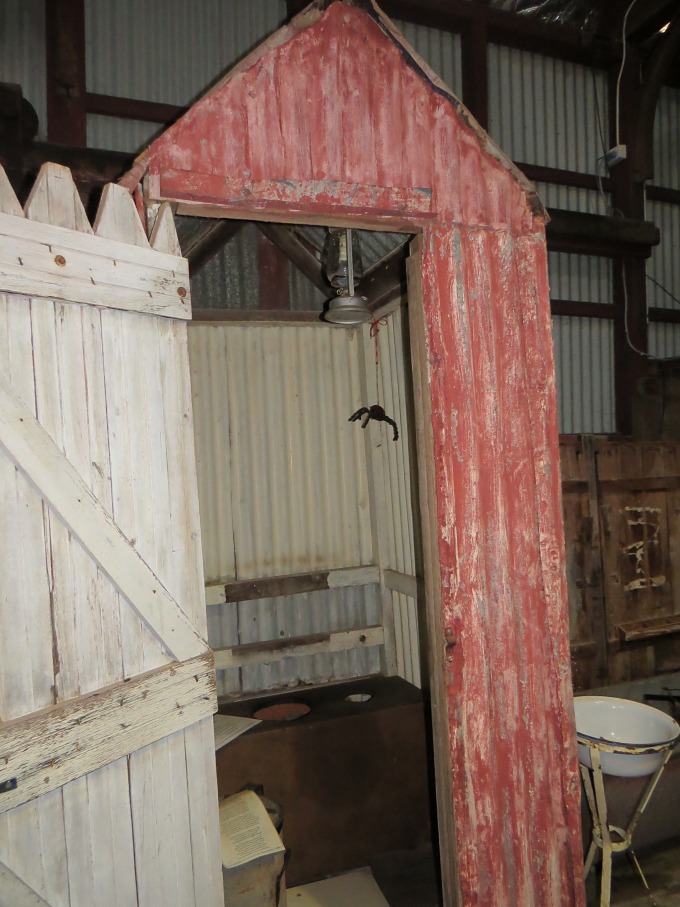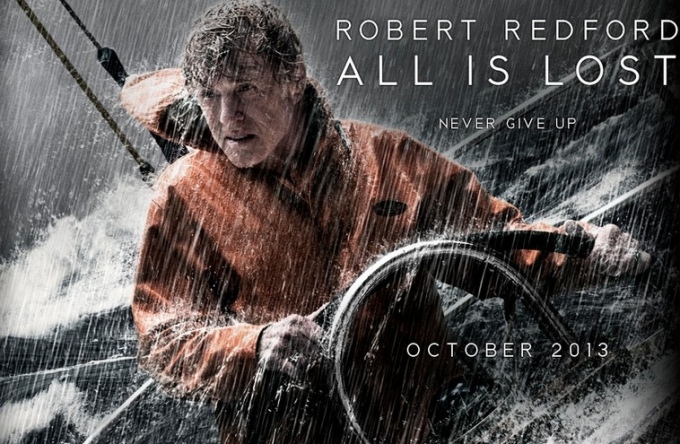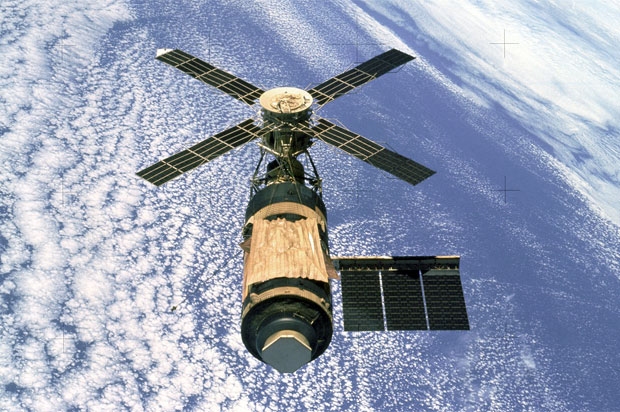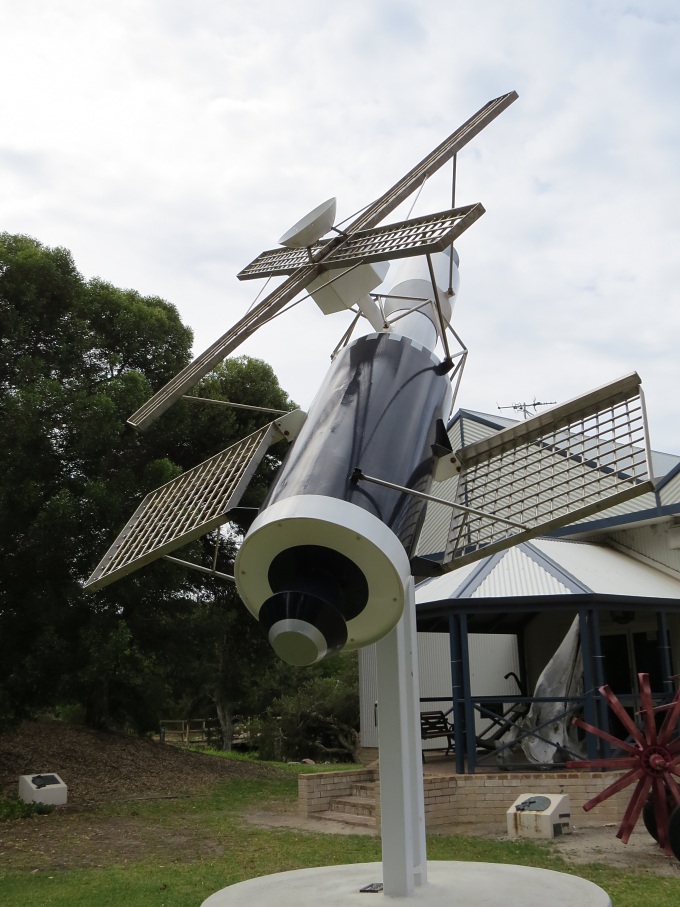
Walking by the Esperance Museum the other day, we did a double-take. There sitting on their front lawn was a rather large replica of the US space station, SkyLab. “What on earth for?”, we wondered. A huge banner on the side of the building proclaimed “In 1979, a spaceship crashed over Esperance. We fined them $400 for littering.” They had us … we had to go in for a visit and learn more.
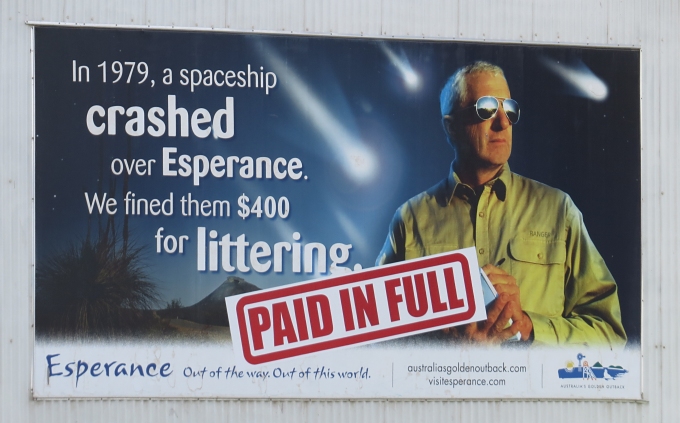
On May 14, 1973, Skylab, the United States' first space station, was launched unmanned by a Saturn V at the Kennedy Space Center. Three manned missions to the station were conducted between 1973 and 1974. The orbiting workshop was designed for research on scientific matters, such as the effects of prolonged weightlessness on the human body. Though Skylab was devised for just a 9-year lifespan, NASA hadn't really planned for bringing the craft back to Earth at the end of its mission. Oops! In late 1978, when NASA engineers discovered the station’s orbit was decaying rapidly, there was a mad rush to come up with a solution … one alternative … alter its orbit and let it become space junk. That didn't work and it became evident Skylab was coming home … in a blaze of glory. In the early morning hours of July 12, 1979, in Skylab's final orbital path, it's 34,981st, the craft began breaking up over the Indian Ocean, but many of its pieces cascaded to Earth in the Esperance area. Miraculously, no lives were lost and minimal damage was done.
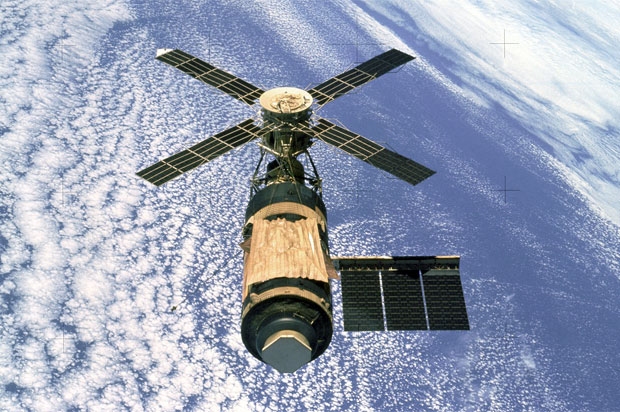
One large glass display in the museum encased numerous pieces of Skylab.

Some were so large, they didn't fit into the display case.

About the littering fine … The Esperance municipality fined the United States $400 for littering ... someone had to collect all those spacecraft parts strewn hither and thither about the area. The hefty fine was never paid. Nevada-based Highway Radio's host, Scott Barley, happened to read about the unpaid fine and, on a lark, challenged his morning show listeners to raise the funds. He was successful and the fine was paid on behalf of NASA in 2009. The check was cashed, but a copy remains in the museum. It seems Esperance forgave the 30 years of late fees and interest and even accepted the paid fine in US dollars. Pretty generous of them!

Skylab's crash was obviously not a surprise and therefore bets were placed worldwide on the time and place of its re-entry to earth. The San Francisco Examiner offered a $10,000 prize for the first piece of Skylab to be delivered to their offices. Stan Thornton, a 17-year old Esperance fellow, climbed onto his roof, collected a few pieces of Skylab, caught a flight to San Fran and collected the prize. How cool is that.
A little Skylab trivia for you …
The Skylab program cost $2.2 billion from 1966 to 1974, or $16 billion in 2014 inflation-adjusted dollars. Its three missions of three-man crews spent 510 total man-days in space; each man-day costs $21 million in 2014 dollars.
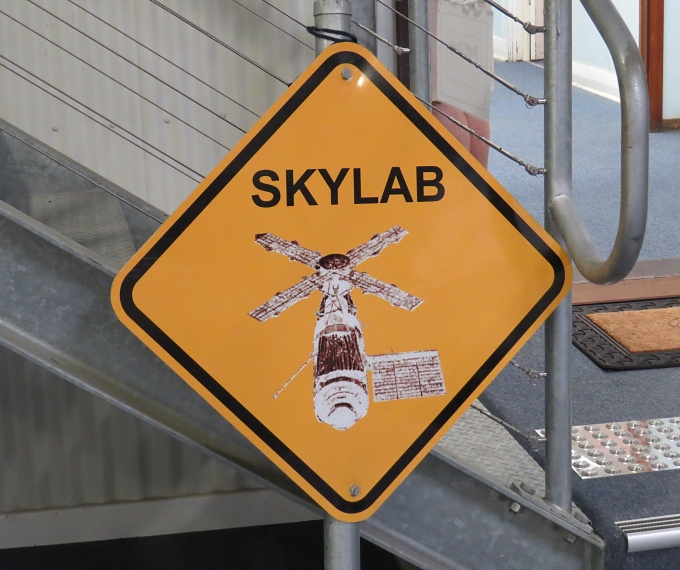
… the rest of the museum. It's been housed in an old railroad goods shed (1902) and a Customs bonding shed (1895) since 1976 and it's crammed full of local memorabilia, railroad cars, farm implements, a pilot boat … pretty much every facet of life from the 19th century to present in Esperance is represented.

They even have a tin dunny (outhouse) on display, a single-holer complete with a large spider hanging in the corner. It seems redback spiders like hiding in dunnies … especially under the toilet seat. Ouch! There's even a song about it. Have a listen.
